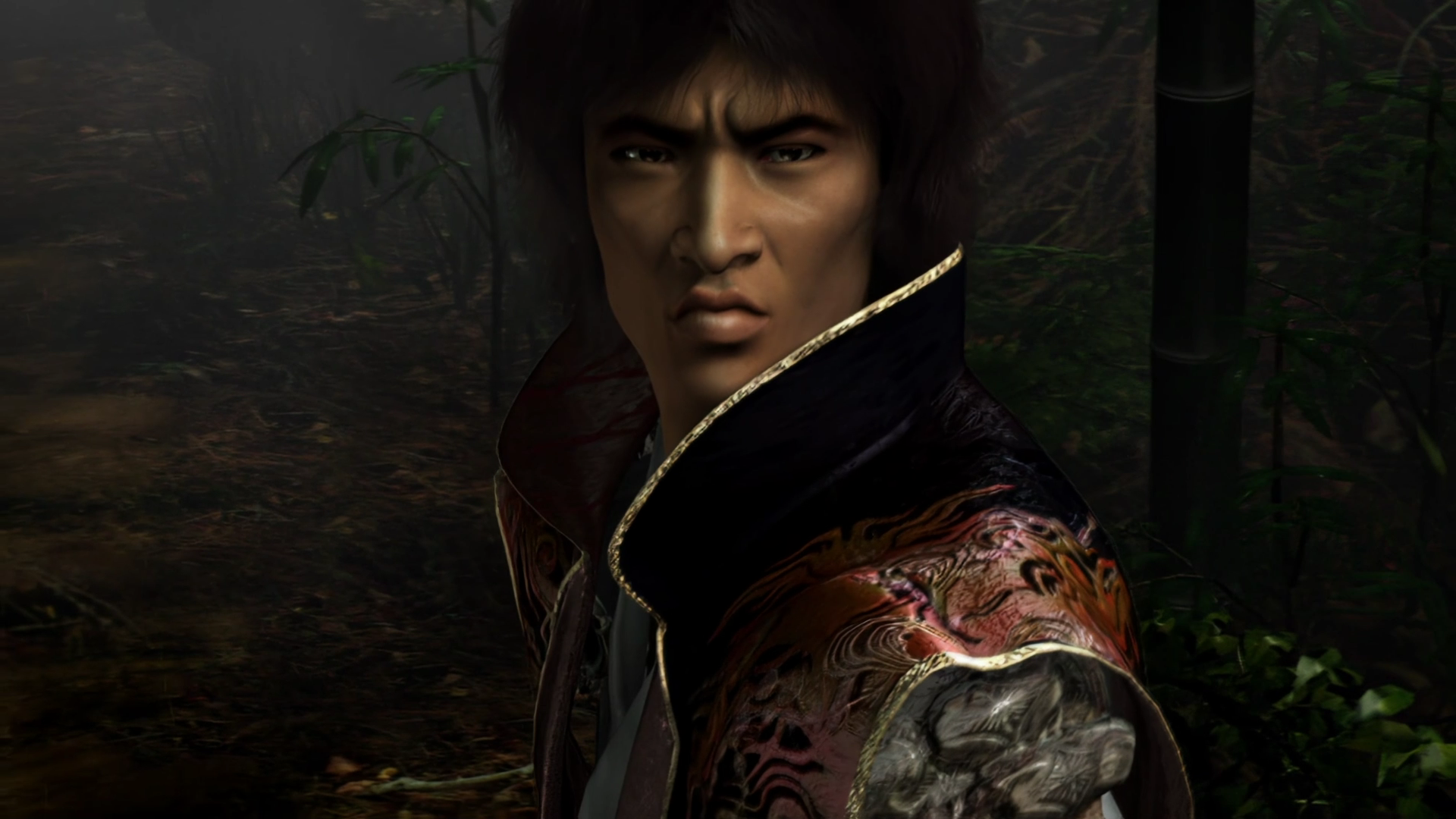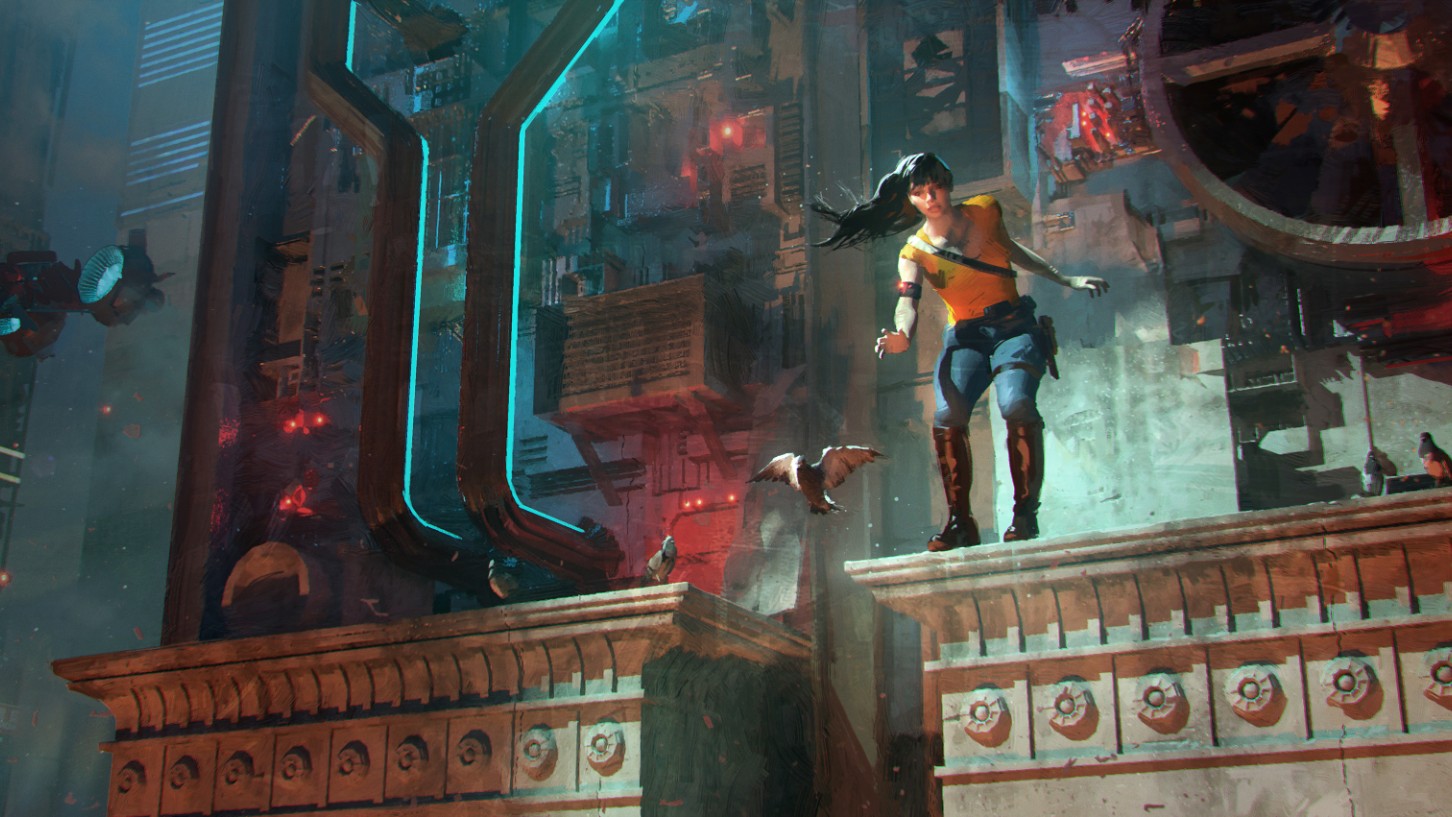
It's many artists' dream to work on a movie like Star Wars. But not everybody realises that it's actually a real possibility. Industrial Light and Magic, the visual effects company founded in May 1975 by George Lucas, has led the look and feel of series since its very beginning, and its London art department is always looking out for new talent.
Of course, ILM is not just about making Star Wars. It's also played a key role in the look and feel of countless other blockbusters, most recently including Avengers: Endgame, Spider-Man: Far From Home, Terminator: Dark Fate, The Irishman and many more. So how can you get to work at ILM as an artist?
Last Friday at Vertex, the sell-out event for 2D and 3D artists brought to you by our sister titles ImagineFX and 3D World, ILM London's Jason Horley, Pablo Dominguez Aguilar and Bimpe Alliu gave a talk on that very topic. Here, we bring you the highlights, and reveal how to create a well-rounded and varied portfolio that's specifically geared towards the requirements of ILM. (If you're looking for a new job, you can also check out our design jobs board, as well as our top Maya tutorials.)
01. Learn 3D
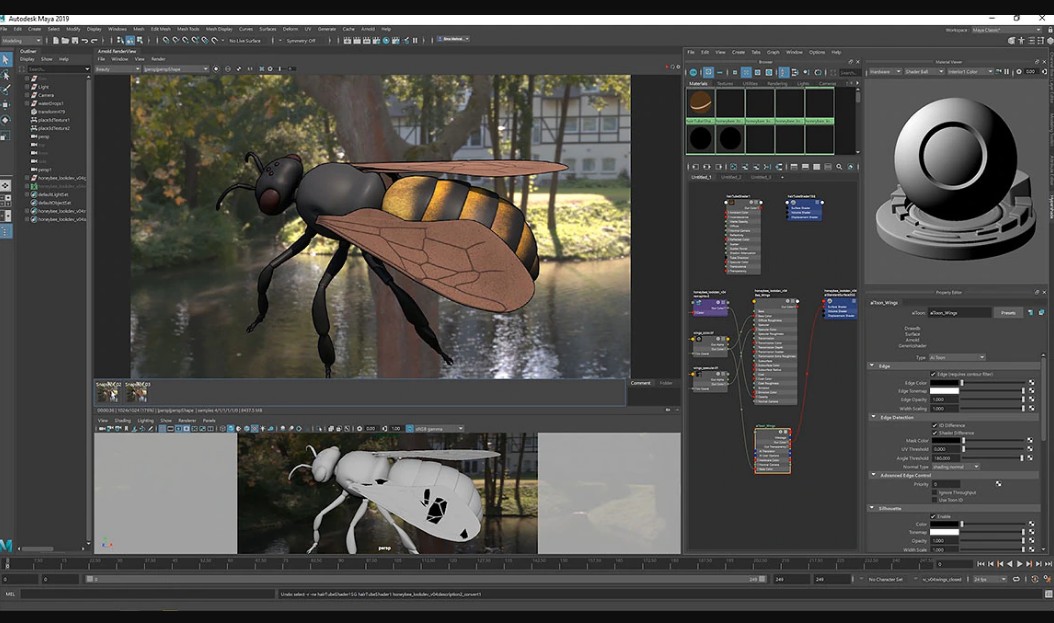
It's been a source of debate among concept artists for some time: do you need 3D skills, or can you get by on 2D talent alone? Well, Horley was emphatic that at ILM London at least, that debate is over.
"Every artist in our dept has to have the ability to work in both 2D and 3D," he stated. "In our work, speed is a really key factor, so you need to be versatile, and adapt to whatever the brief is. I've been to universities and met people studying concept art and I’m surprised that some of them still aren’t using 3D yet. It can be a bit daunting, but it's definitely an essential tool."
That said, you don't have to invest in expensive software. "There are some free packages out there," pointed out Alliu. "For example, Maya has a free student version, and Blender’s totally free, even though it's an industry worthy tool." (See our list of the best free 3D modelling software.)
02. Simplify your art
During their talk, Horley, Dominguez Aguilar and Alliu showed the audience a number of paintings that had been submitted as part of artist portfolios, but didn't quite cut the mustard. And one of the major themes that emerged was the need to simplify your concept art.
When you're creating an illustration, you can put in as much detail as you like, noted Horley. But concept art serves a different purpose, and so needs to be crafted in a different way. "Directors look at these images so quickly, they have to be very clear; a quick read. Too much detail means you don’t know where to look. What you're trying to convey is atmosphere, lighting, and mood. If the colour, light and values are good, you can jettison all that extra detail."
How do you know if you've got it right? "From far away, it needs to be something clean and clear, not noisy," said Alliu. "You want to be able to squint and recognise what those shapes are; get an immediate mood and sense of a story." If your art is not doing exactly that, you need to keep working on it.
Of course, simplification alone only gets you so far. During the talk, the team showed the audience several pieces that may have struck the right level of simplicity, but looked unbalanced and lacked a strong focus. "So it's not only about reducing detail, but thinking about strong composition," noted Horley.
03. Learn about colour and light
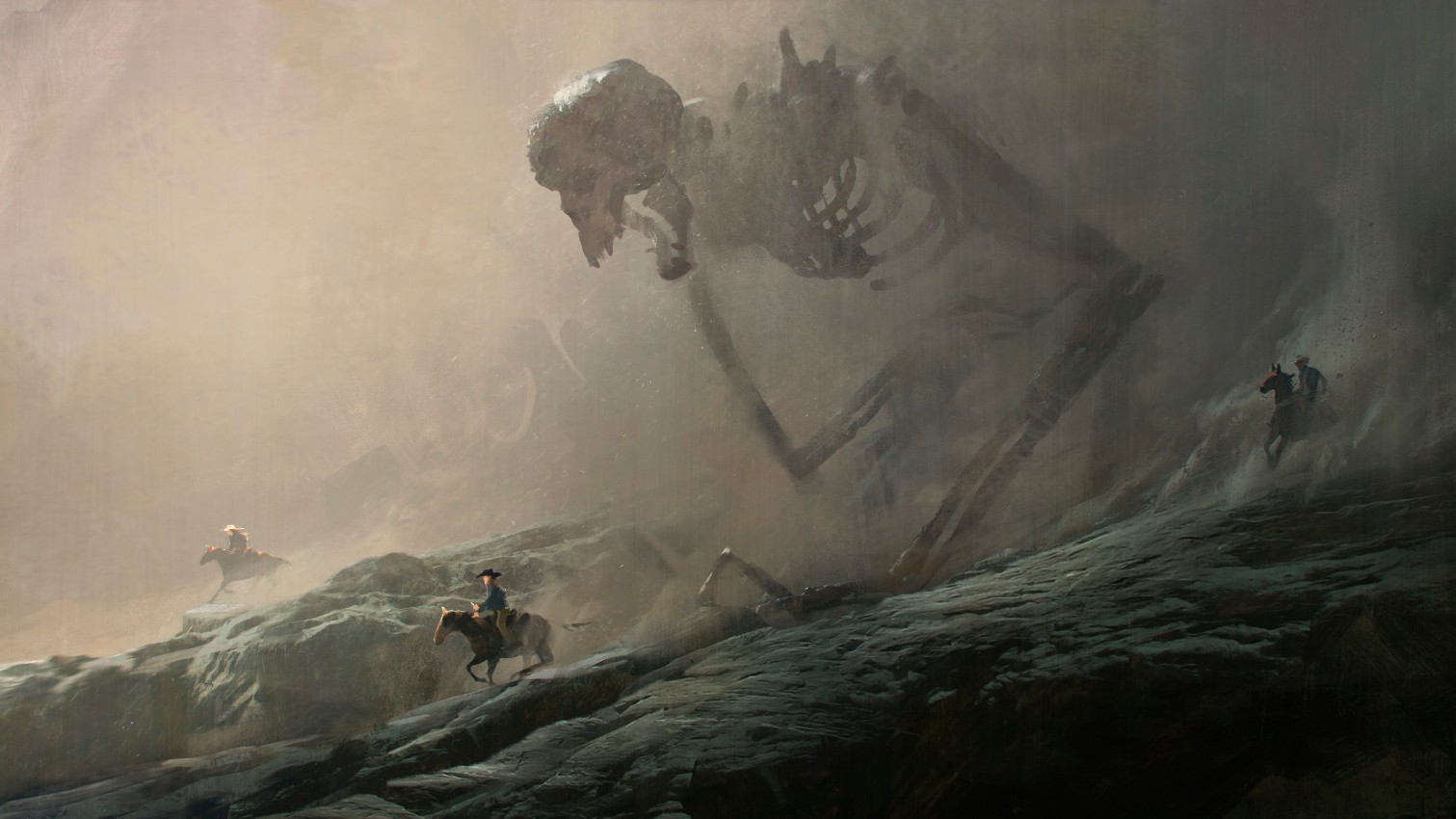
Film-making is famously known as "painting with light", and capturing light successfully in your work is a good way to get the attention of ILM's art department. "When we see portfolios, colour theory is something we often find missing," says Horley. "For instance a lot of people, when they go to shadow areas of their painting, often just go to black."
You might think you've learned all the theory you need to know at art school, he added, but that may not be the case. "Colour theory wasn't taught to me by my tutors," he recalled. "When I worked at Disney, which was 2D and traditional, they taught me about staging, about colour, about bounce light, about sky reflections; about all these things that I never learned when I was at college."
For self-study, Horley recommends two reference books: Color and Light: a Guide for the Realist Painter by James Gurney and Color and Composition for Film by Hans P Bacher. And of course, you need to practice constantly to translate this theory into action. "Any personal work you do should be a learning process," he noted.
Also read: The best art books
04. Learn about camera lenses
Here's something you might not have thought: to become a successful concept artist, you need to understand something about film-making technologies. That's because although you're not making the film yourself, the person who is will talk in those terms, and you need your concept art to match their requests.
"For instance, often a director will talk about rendering a scene with a particular camera lens, such as a long lens," says Horley. "So you need to know what that means in order to translate their vision into your concept art."
Also read: The best camera for creatives
05. Start at the bottom
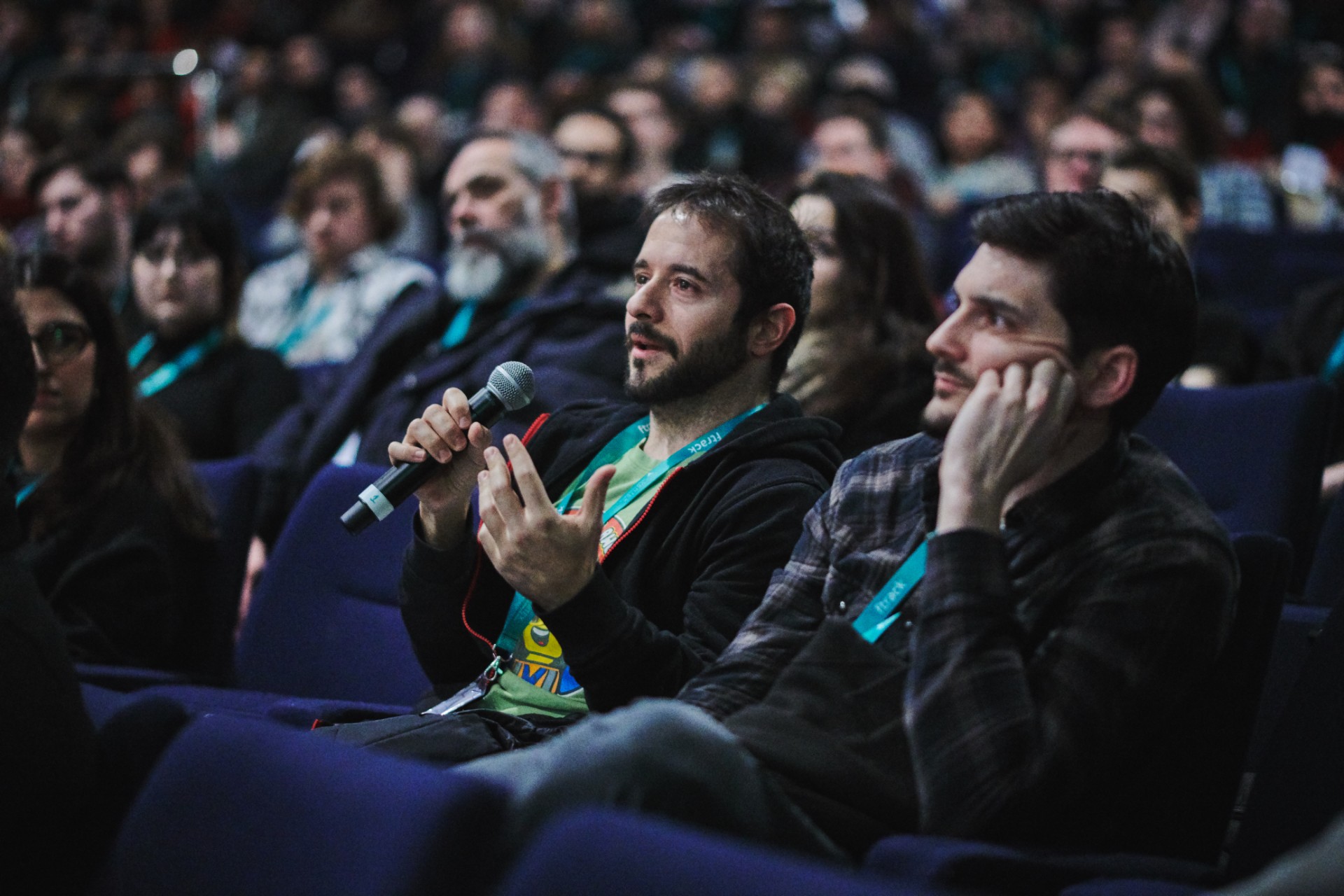
You don't have to be an experienced concept artist to apply to work at ILM London. "There are other routes in," explains Alliu. "There's nothing wrong with working as a runner and working your way up that way. And we employ art assistants too."
Indeed, one of ILM London's current art assistants actually got the job through approaching them last year at Vertex, says Horley. "She was the very last person who came up to chat with us, and she showed us her sketches," he recalled. “We said to her: 'Go away and learn 3D'. And a couple of months later, she sent me all this stuff that showed she'd done exactly that. We were really impressed, and hired her as an assistant. So you don’t have to be a fully fledged concept artist already, there are other ways in."
06. Don't submit fan art
You might think: 'ILM makes Star Wars, I love making Star Wars fan art, so I should include that in my portfolio.' But you'd be making a big mistake.
If you think about it, the job of a concept artist is primarily to come up with new concepts. So fan art is an emphatic no-no. "We often see people have Baby Yodas or Jokers in their portfolio, but what's the point?" said Horley. "If you want to show a cool painting of a superhero character, create something new."
That said, ILM's art department don't have any problem with fan art in general. "It's fine for you or your Instagram, and it's great for getting 'Likes', but just don't include your portfolio," said Aguilar. "Also, if you have a personal taste, such as manga, don’t let it influence your portfolio too much. We want artists who are versatile, so keep it as varied as possible."
Keep your eyes peeled for more reports from Vertex 2020 on Creative Bloq in the coming days.
Read more:
- The 10 best 3D movies of 2020
- 14 amazing After Effects plugins
- How to make an animated video

Thank you for reading 5 articles this month* Join now for unlimited access
Enjoy your first month for just £1 / $1 / €1
*Read 5 free articles per month without a subscription

Join now for unlimited access
Try first month for just £1 / $1 / €1
Get the Creative Bloq Newsletter
Daily design news, reviews, how-tos and more, as picked by the editors.

Tom May is an award-winning journalist and editor specialising in design, photography and technology. Author of the Amazon #1 bestseller Great TED Talks: Creativity, published by Pavilion Books, Tom was previously editor of Professional Photography magazine, associate editor at Creative Bloq, and deputy editor at net magazine. Today, he is a regular contributor to Creative Bloq and its sister sites Digital Camera World, T3.com and Tech Radar. He also writes for Creative Boom and works on content marketing projects.
